| marc7 travels |
|
I am in love with Manila! It is quite easy to fall in love for a city that has a healthy mix of modernity, history, and culture. I love its raw and tough atmosphere, an aspect that I have initially feared but I have learned to love now that I get to have a weekly personal encounter with one of the country's premiere cities. At the center of Manila's rugged atmosphere is Binondo, Manila's Chinatown. Established in 1594, Binondo is the oldest Chinatown in the world and was once the country's center for finance and business. Manila's initial pomp and pageantry slowly faded after World War 2 and the gradual shift also affected Binondo. But despite of these changes, Binondo remains to be the center for business for our Filipino-Chinese community and was able to keep its rich culture and heritage through the years. There are a lot of interesting fact in Binondo that were uncovered when we joined the fray of the Chinese New Year's celebration. Join me as we uncover the history, the culture, and trying to find a touch of our luck as we explore Binondo! Did you know that the country's first center for finance and commerce was in Binondo? There are three popular streets in Binondo and one of them is Escolta - the "Makati" of the earlier years of the country. The street was the first home of the country's biggest players in finance and commerce. Although its glamour has faded through the years, a lot of efforts are being put in to revive the popularity of Escolta. You can walk along its cobblestone street to explore the historical structures that line Escolta. Start by enjoying the neo-classical building of the Don Roman Santos Building that now serves as the home of Bank of the Philippine Islands. Walk down the street to enjoy the neo-classical design of Regina Building and the beaux art style. of Natividad Building and Calvo Building - the first home of GMA Network. You can also check out Burke Building where the first elevator in Manila was installed and the First United Building which was once the tallest building in the country. While you are at it, do check out the Capitol Theater. The theater was designed by Juan Nakpil with a rare design of having 2 balconies. You can walk the whole length to admire the neo-classical El Hogar Building that was built as a wedding gift. If Taal has the Wedding House, Escolta has the Wedding Building. Calle de la Escolta is a treasure trove for history buffs and there are a lot to explore that is worthy of a separate blog entry. The renewed attention on Escolta paved the way for the drive to reconstruct and preserve these old structures. A move that can clearly state that modernity can mix with history when we give it proper attention. Anyone up for walk at Calle de Escolta? Did you know that the new Filipino-Chinese Friendship Arc at the foot of Jones Bridge is the largest in the world? Standing at the height of 63.8 feet and the width of 74 feet, the new Filipino Chinese Friendship Arc is the largest in the world overshadowing the arc in Washington, USA. The arc was unveiled in 2015 and featured a more modernized look highlighted by three Chinese pagodas. Its current location stands at the foot of Jones Bridge to now include Escolta. Just a few meters away is the smaller and original friendship arc that for years greeted locals and visitors to this district of Manila. Although the new arc may have raised some questions from local historians, the arc is very appealing and exudes the vibrance of the culture and heritage of Binondo. Did you know that you can find a small replica of the Statue of Liberty in Binondo? Tucked along Juan Luna Street is an old building that was once one of the biggest malls in the country. The Aguinaldo Mall was a 6-story building that was inaugurated in 1931 under the ownership of Leopoldo R. Aguinaldo & Co. It was involved in the trading of footwear supplies, women accessories, and hair products. The mall had already ceased operations but the current structure remains standing along the busy street of Juan Luna. Except for some business on the ground floor, the building shows its age. However, the building facade still has its iconic human sculptures although it is camouflaged within electric wires. The building has a small replica of the Statue of Liberty, one of the few that you can find in the country. It stands side by side with the image of Andres Bonifacio, which is an irony since the the mall is called Aguinaldo. The two images show the fusion of two cultures in one venue. Did you know that the first Filipino Saint was born in Binondo? Plaza Lorenzo Ruiz is at the heart of Binondo's bustling community. The public square was originally called Plaza de Binondo and served as an economic hub for the locals. It was later renamed to Plaza Lorenzo Ruiz to honor the first Filipino saint who was born in Binondo. The public plaza is one of the few open parks in Manila. It is highlighted by a sculpture of Lorenzo Ruiz at the center. Interestingly the plaza has two fountains on both ends which are part of the original strructural installations during its earlier years. Plaza Lorenzo Ruiz was once considered to be one of the "most impressive open spaces in Manila" because of its aesthetics. Although the park has evolved from greens to a concrete park, it was able to retain the trees that are peppered in the area. It still remains a center for activities where major activities for the communities are staged here. Did you know that the octagonal belltower of the Binondo Church is the only original structure from the 16th century church? The massive Binondo Church has gone through a lot of reconstruction after being damaged by natural calamities and the only original structure from the 16th Century is its belltower. The church is huge with its high ceiling interior. One of its highlights are its painted ceilings that depict the life of Jesus Christ. The altar is also a point of interest as it was loosely designed to look like Vatican's Saint Peter's Basiica. Enshrined in one corner of the Minor Basilica of San Lorenzo Ruiz is the Sto. Cristo de Longos - a blackened image of the crucified Christ. The image was said to have been found in the 16th century by a deaf-mute Chinese. The image is said to be miraculous that the deaf-mute was able to speak right after his discovery. Did you know that you can enjoy a feel of Hong Kong’s side market in Carvajal Street in Binondo? Carvajal Street may look like an unassuming street that connect Quintin Paredes and Yuchengco. But when you walk along Carvajal, it will transport you to a different place. The look and feel of the street is very similar to the market side streets that you see in Hong Kong. Carvajal Street is a street of all market trades. The street is lined up with fruit and vegetable vendors, meat and fish vendors, small eateries, snack houses, and small businesses. Interestingly, there are stores near the Yuchengco end that also sell Chinese products from the popular ones to the “exotic” ones. So do not miss out on Carvajal Street to get that authentic Chinese street feel when you are in Binondo. Did you know that Ongpin Street is a melting pot of all trades? Name it and Ongpin Street has it. From food establishments to jewelry shops, Ongpin Street is probably the most iconic among the three popular streets in Binondo. I mean, Binondo is always equated to Ongpin, right? The street stretches from Binondo Church to the Santa Cruz Church and it is lined with all kinds of trade – hotel, food establishments, Chinese Drugstores, Chinese Charm Stores, groceries, and jewelries. It is a major artery of the district and has always been the center of Filipino-Chinese commerce in Manila. The best time to visit Ongpin Street is during the Chinese New Year celebration where you get to see the whole street burst out in revelry, not to mention the crowd. The whole stretch of the street is colored red and with activities happening left and right. You get to enjoy watching Dragon Dances, both the authentic and the innovative ones. You can also enjoy checking out Chinese Charm stores to get a dose of charms that will give you good luck. But one thing that you will enjoy in Ongpin Street is trying out the authentic Chinese dishes from the restaurants located along Ongpin Street and its side streets. The gastronomic delights of Ongpin Street is worthy of an independent blog entry soon. And just before you head home, drop by Eng Bee Tin to buy your favorite take home treats – hopia and tikoy! On a side note, you can also check out the largest tikoy in the Philippines on display at Eng Bee Tin during the Chinese New Year Celebration. Did you know that there is a temple in Binondo where you can seek advice for your future? This was my second time to visit Kuang Kong Temple along Kipuja Street. This temple dedicated to Chinese deity Kuang Kong is one of the few Buddhist Temples that are open to the public. Kuang Kong is known as the Goddess of Mercy and is also the Patron of Scholars and Martial Arts. As from my previous visit, the temple had a lot of visitors offering their prayers and requests while burning incense. There were even devotees who offered fruits as their offerings. For those who want to seek advice for their future, you can approach the elders of the church who can give you insights of it. They can also advice you on what to do to attract the positives in your life. Post Travel Notes: Binondo is a district in Manila that simply brims with pride when it comes to their unique heritage and culture. It is amazing that despite the urban decay that happened in Manila, Binondo is one district that has managed to sustain its urban charm. It is one of the most vibrant district of Manila with its eclectic atmosphere making it one of the preferred tourist destinations in Manila. There are still a lot of nooks and crannies to discover in Binondo. There are food spots to check out and, with the renewed attention on Escolta, discover its development that attracted the younger crowd. All these things are worthy of another shot to walk and explore Binondo again.
Getting There: One can take the LRT 1 train and go down Carriedo Station. From the station, you can walk towards the Plaza Lacson. You can start your walking tour from the Roman Santos Building and Escolta. “Explore Manila!” is a personal project to go around the cities and the lone municipality of Metro Manila to discover its tourist destinations and what it has to offer. I plan to continue the project on the second half of 2017 to discover what the cities, located down south, have to offer. If you are up for a city exploration, leave a message or shoot me an email so I can update you of the schedules.
1 Comment
|
Marc del Rosario
I believe in education, entrepreneurship, and caring for the environment. Archives
June 2024
|
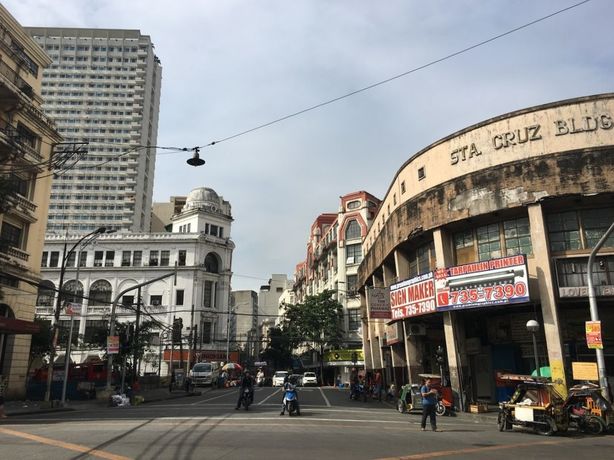
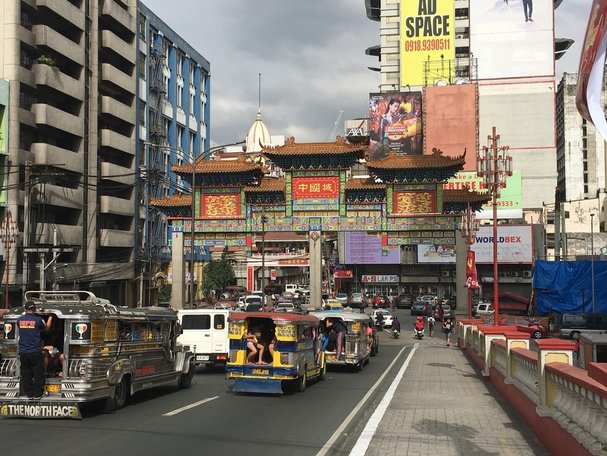
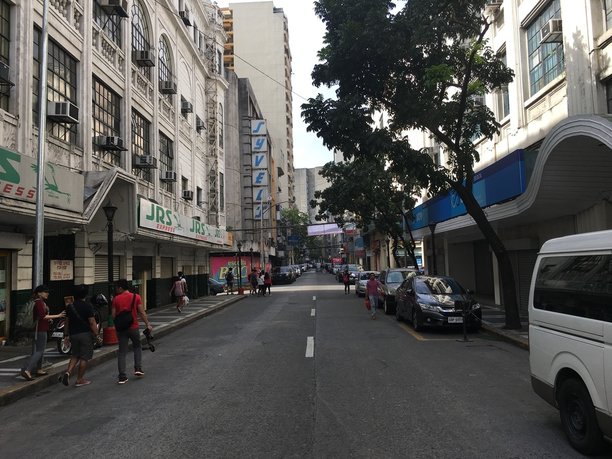
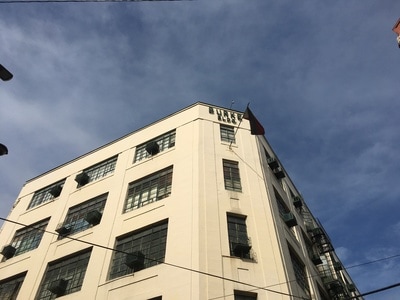
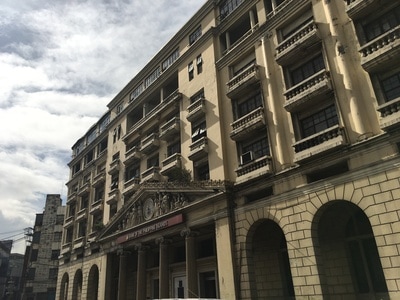
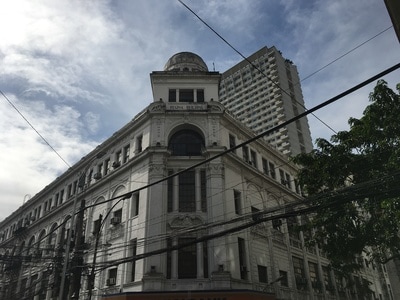
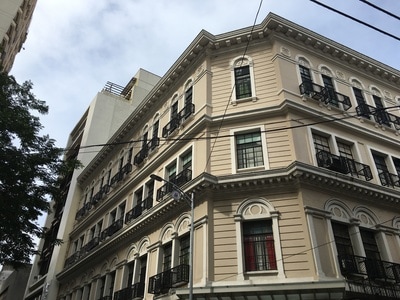
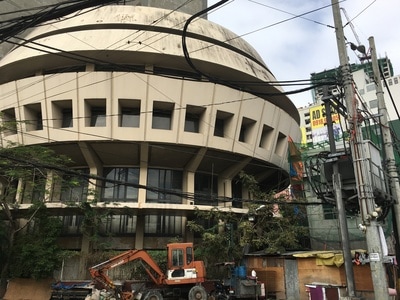
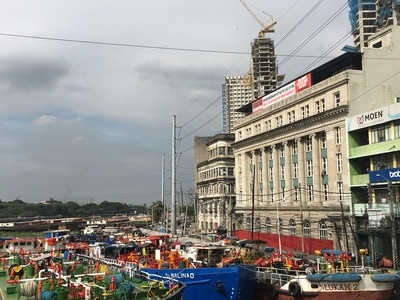
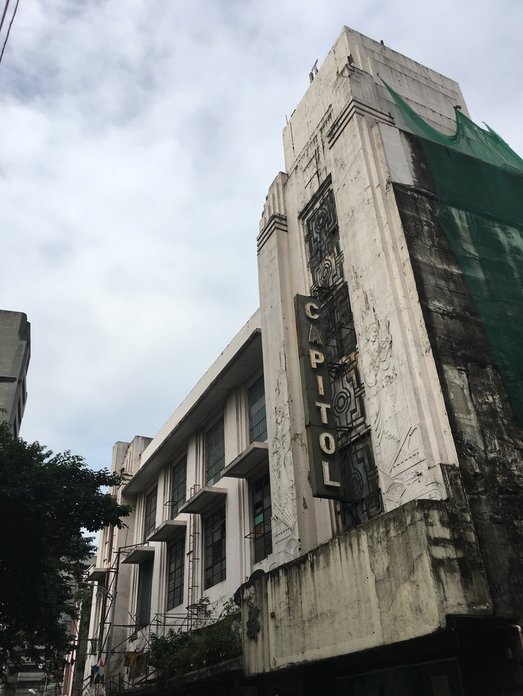
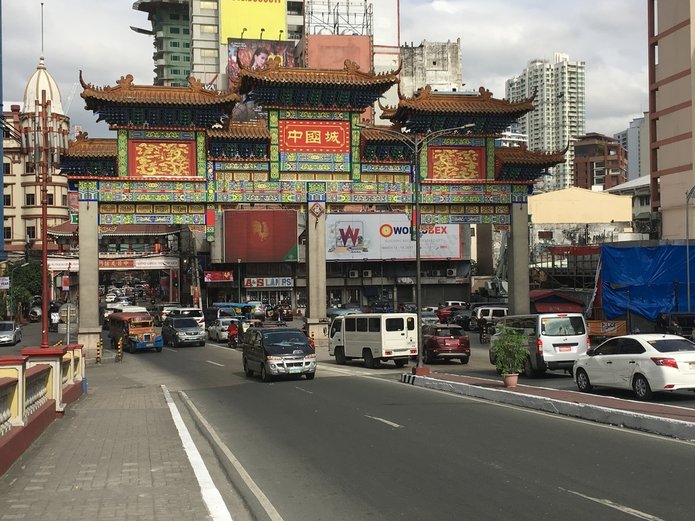
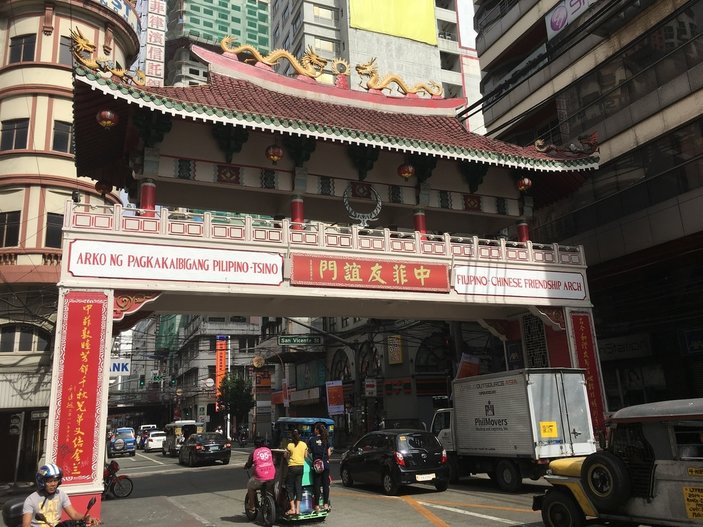
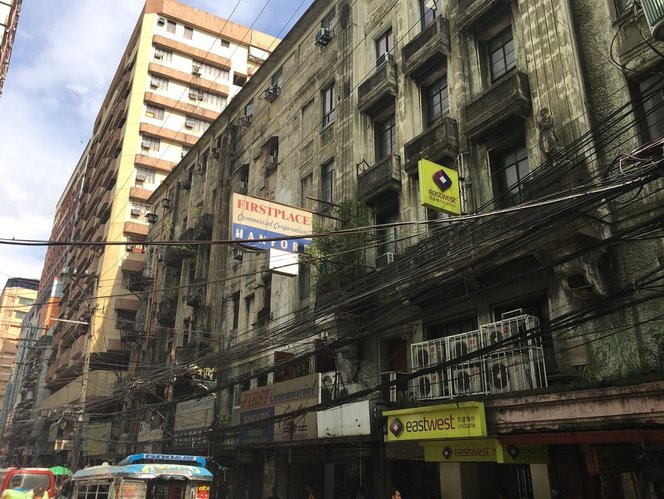
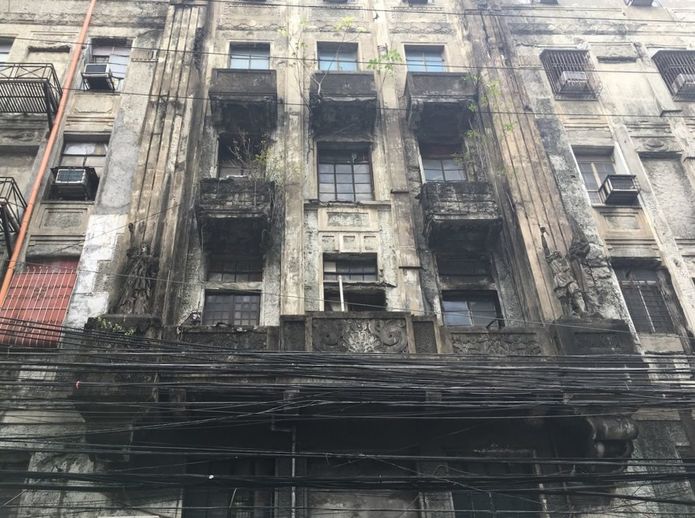
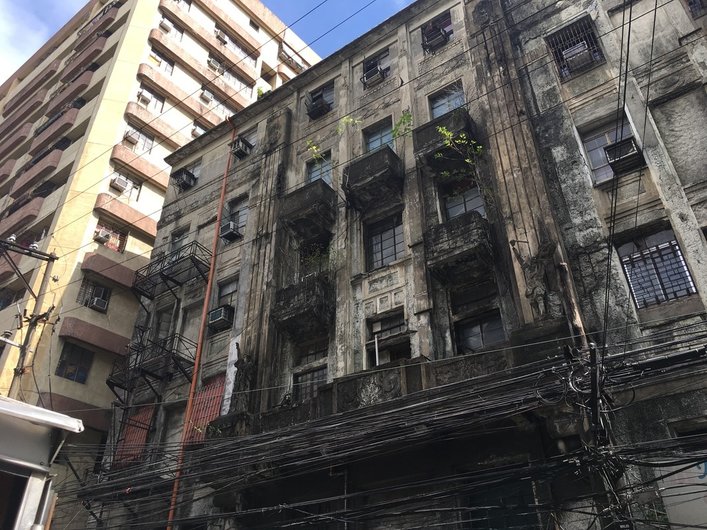
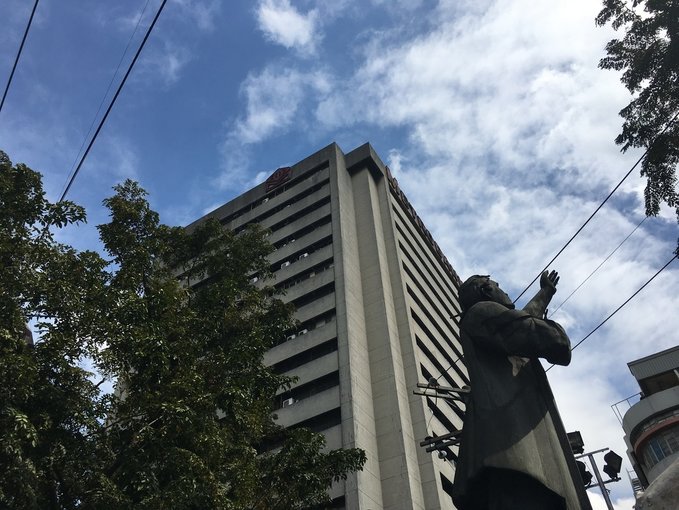
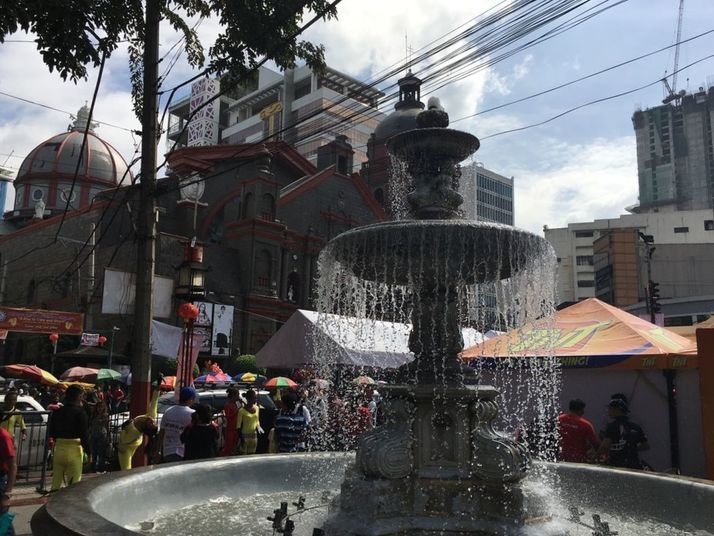
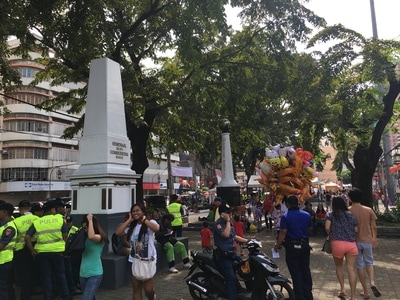
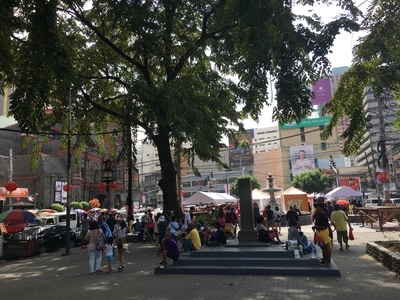
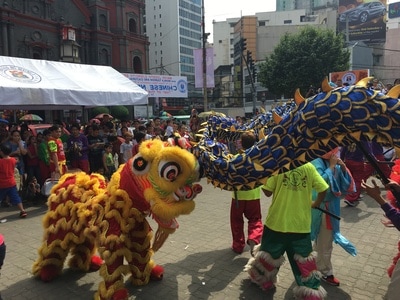
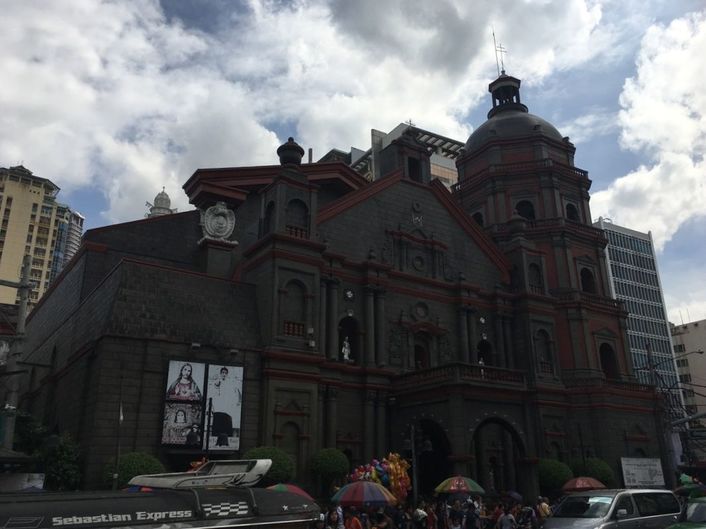
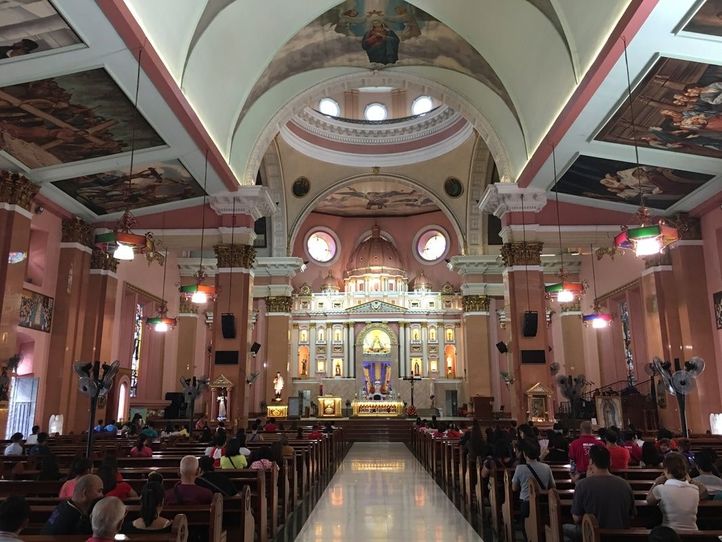
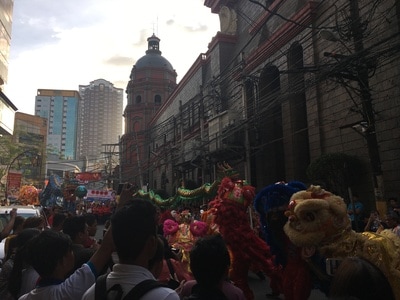
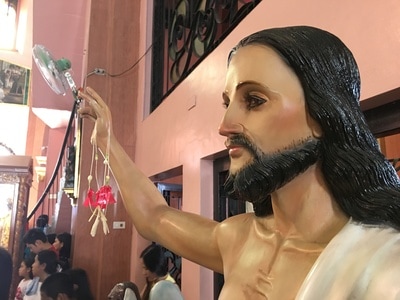
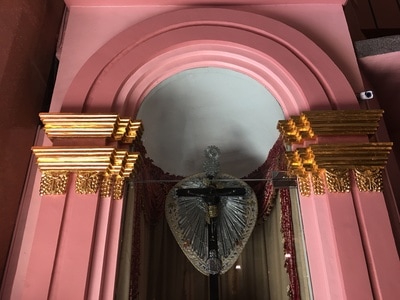
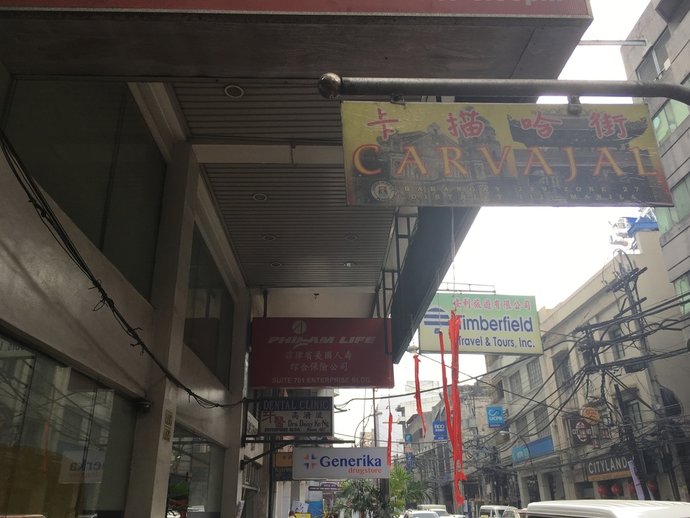
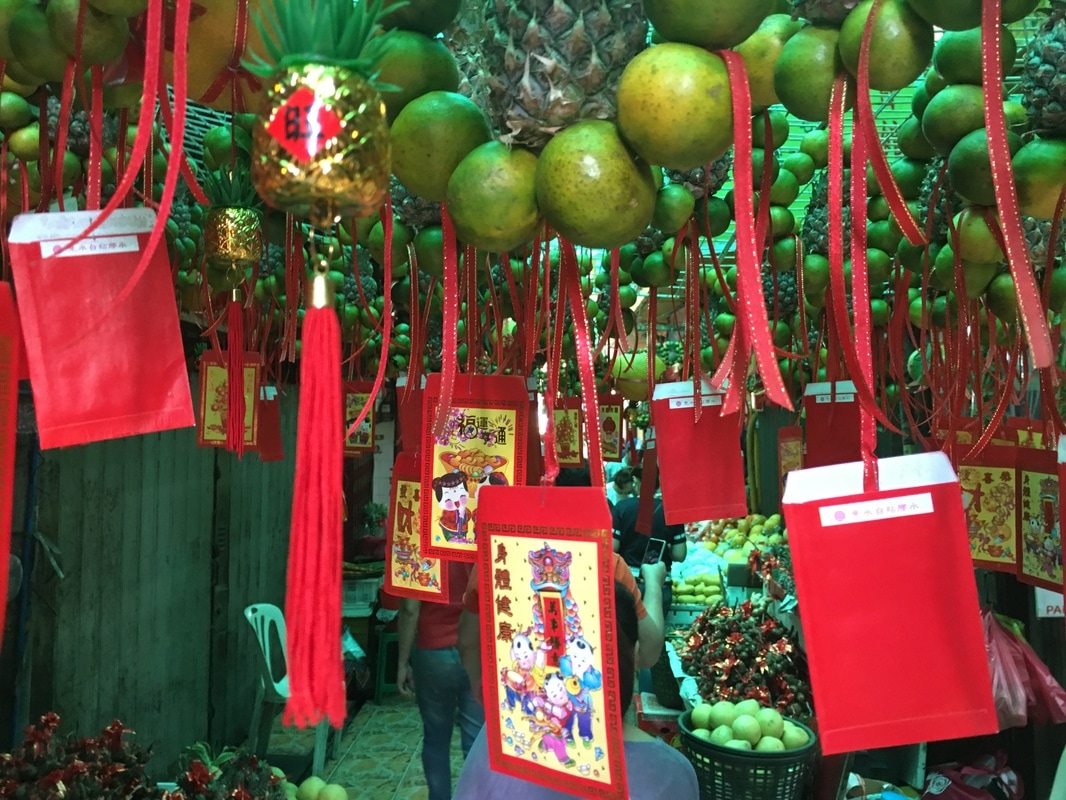
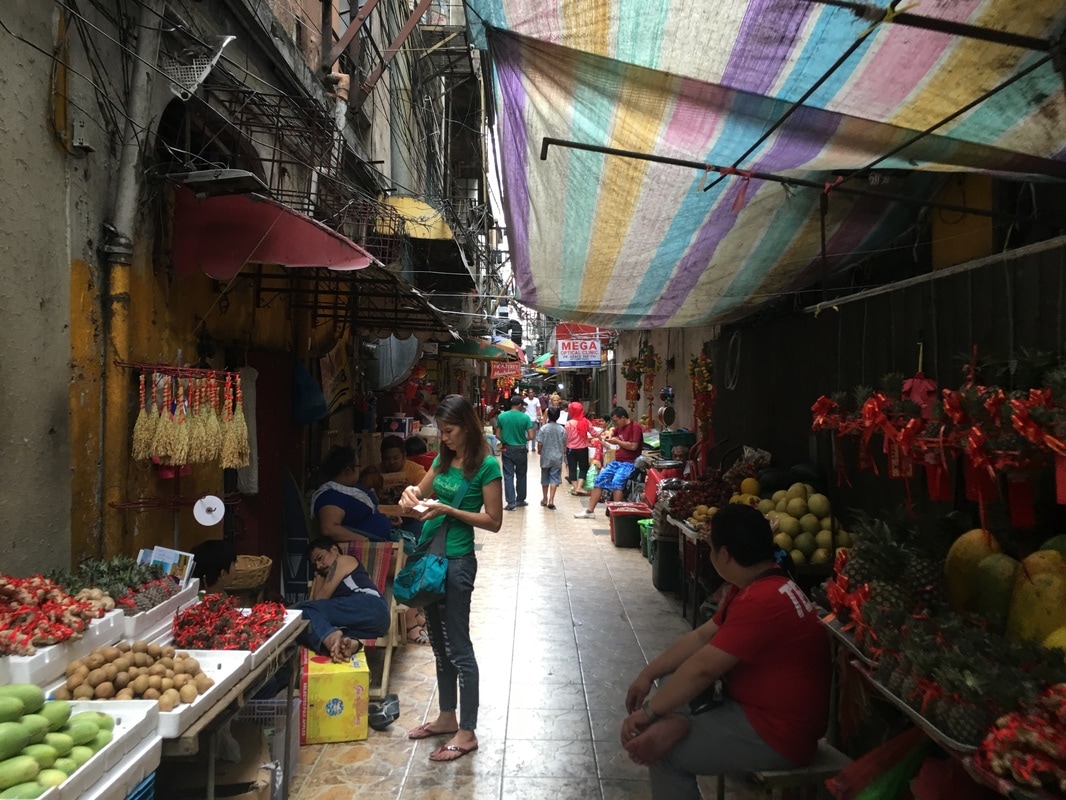
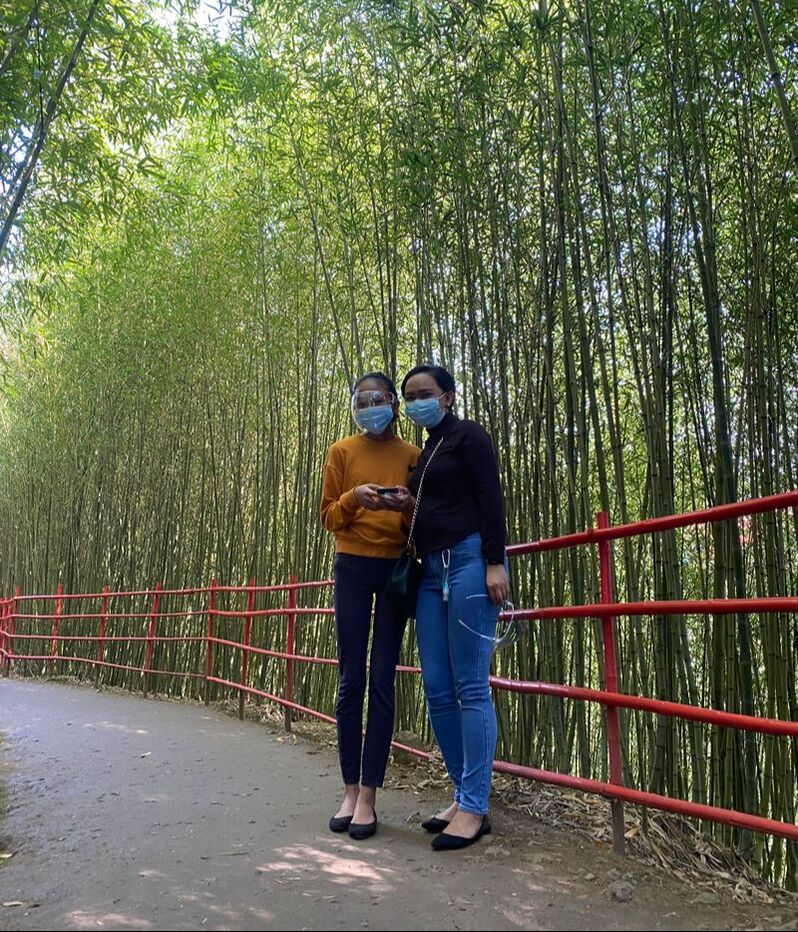
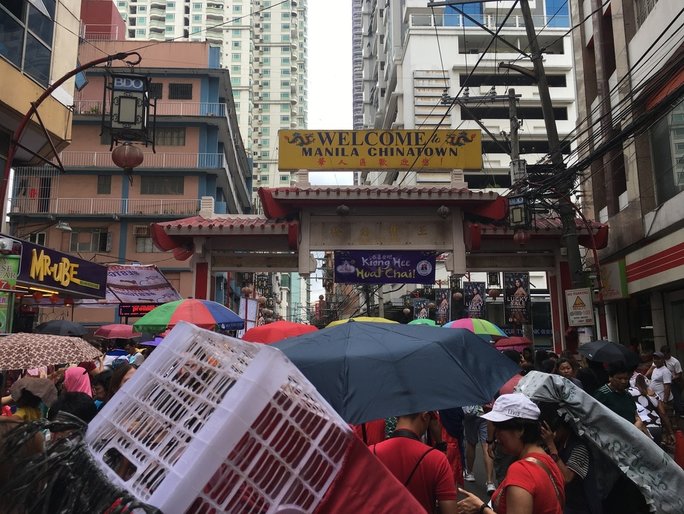
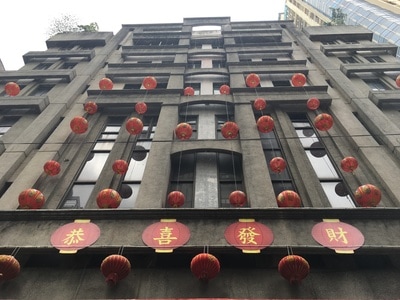
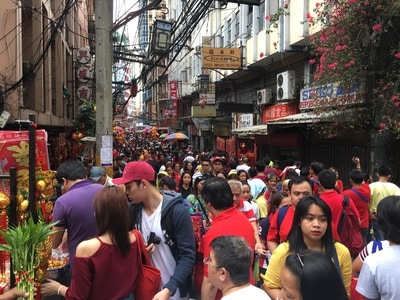
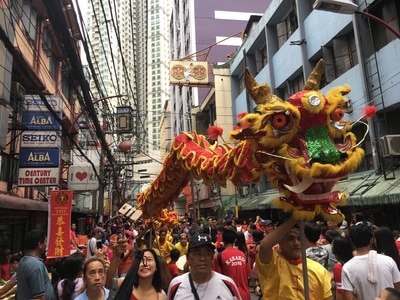
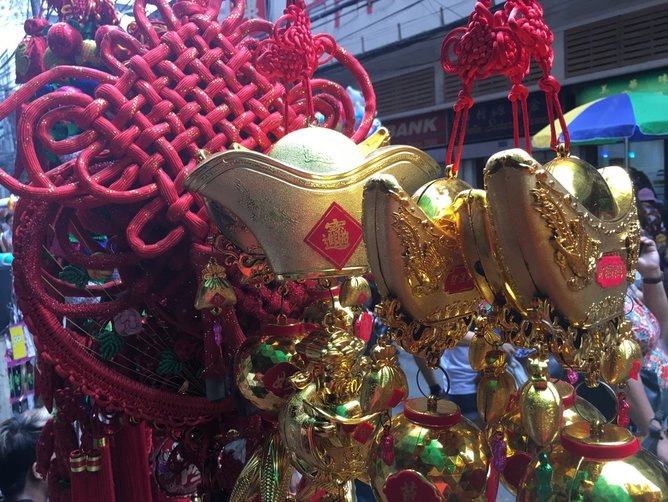
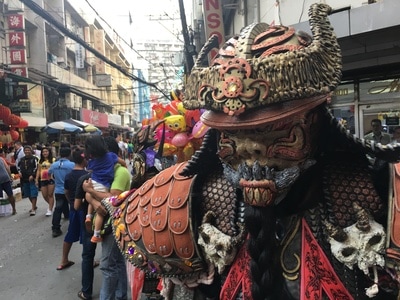
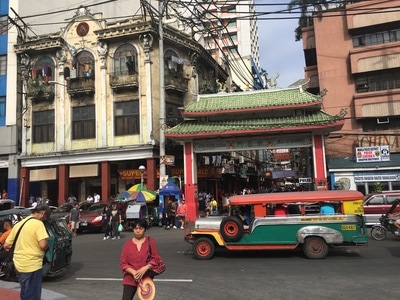
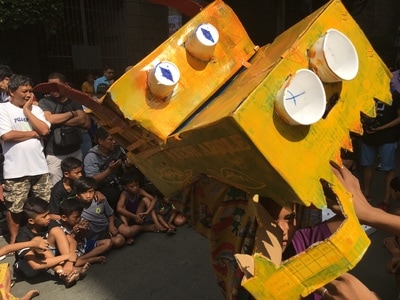
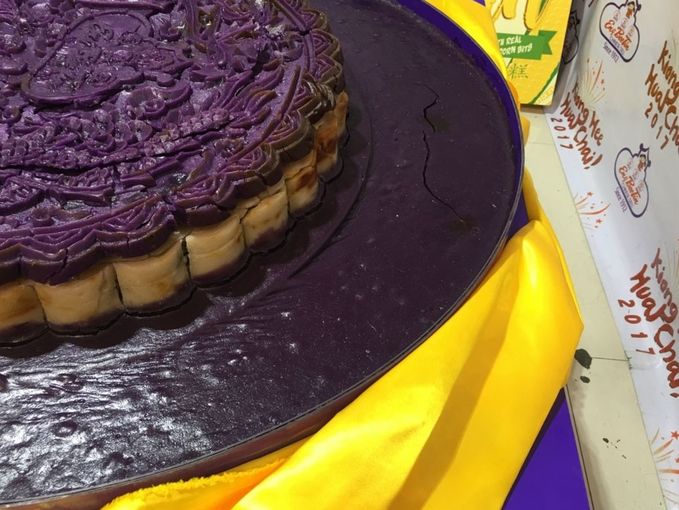
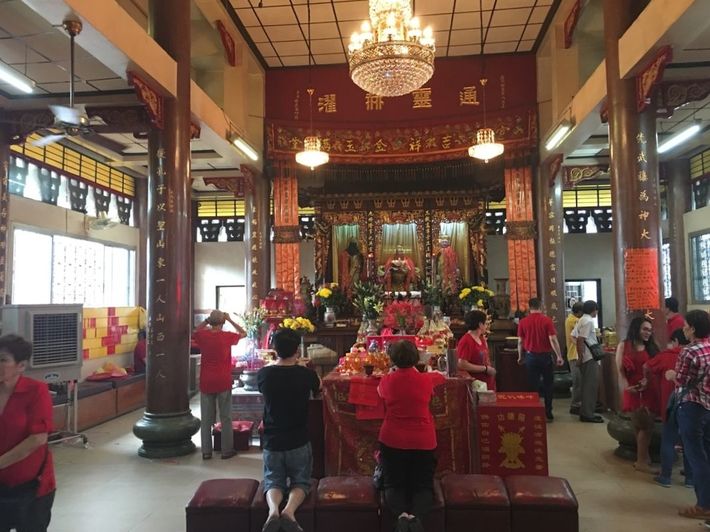
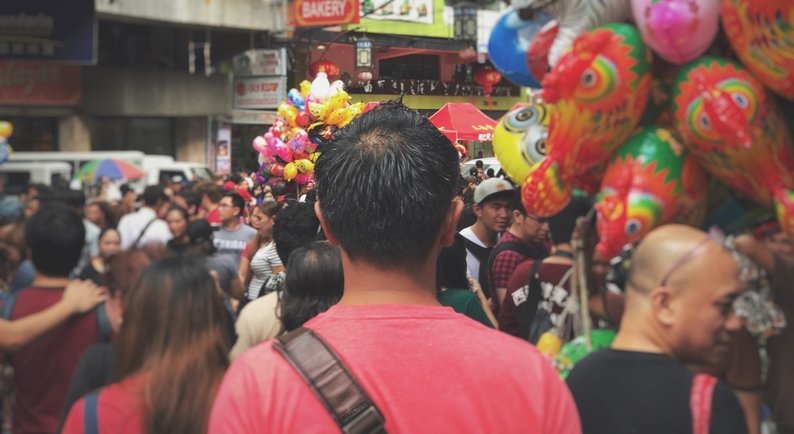

 RSS Feed
RSS Feed